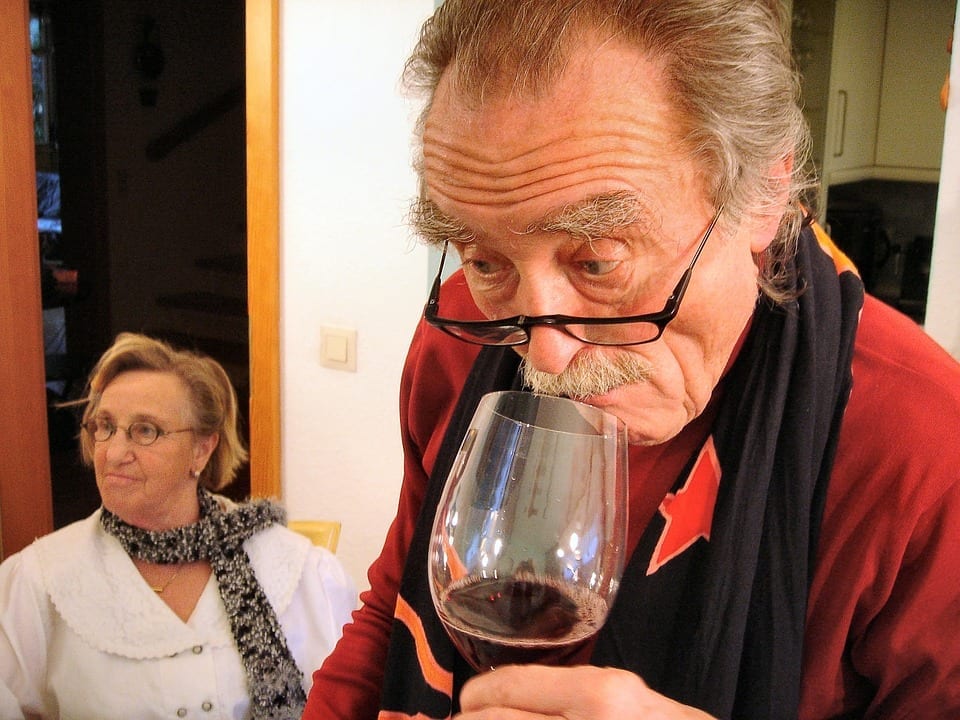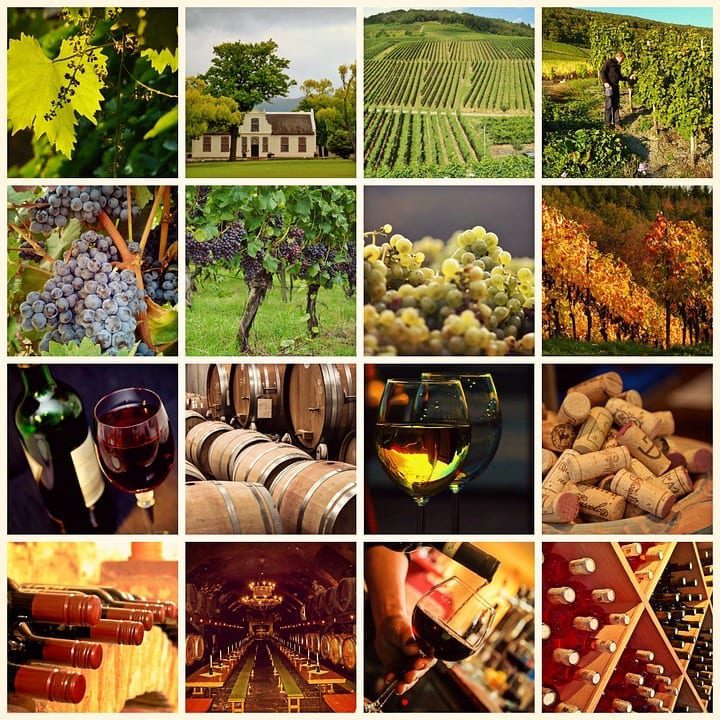Get the jitters when your waiter pours that first glass of wine and expects the OK to pour for everyone else?
Here are some simple steps from wine-tasting experts so you will not only know exactly what to do but you also will know exactly why you are doing it.
- Hold the glass by the stem: A wine glass is a great container for wine, so Sanford suggests that you take advantage of the design and hold the glass by the stem to avoid warming the wine. Holding it by the stem also keeps greasy fingerprints off the glass, allowing the beautiful color and clarity of the wine to be seen.
- Swirl to release esters: Swirl the wine around and around so that the esters in the wine can come out into the open part of the glass.
- Experience the aroma: The next step is to check the aroma, which is one of the most important parts of the wine experience. Put your nose right in the glass and inhale deeply.
- Savor the taste: Take a taste and move the wine around your mouth. Try to make sure all of your taste buds are covered by the wine.
- Say what you feel: Finally, swallow and think about the different aromas and flavors. Don’t be afraid to give an opinion of the wine, even if it may not be what others want to hear.
Describe What You’re Tasting
When tasting wine, look for texture, body, finish and length . The ultimate goal for the wine is balance.
Texture of the wine wine is the way it feels in your mouth. Is it soft or firm? Thick? Thin? Wines can feel smooth or rough and like satin or wool. Remember, these are textural sensory sensations, so think touch when you decide the texture.
Body of the wine is an overall impression and directly correlates to the alcohol content. Wines with a lower alcohol content will be thinner and therefore light-bodied. Wines with a higher percentage of alcohol will appear more viscous and therefore full-bodied. Another category is medium-bodied. Think in terms of weight, as if weighing the wine on a scale, when you ascertain the wine’s body.
Finish (or aftertaste) is the final impression wine gives you after tasting. Is it pleasant?
Length of the wine is a relatively easy ascertainment, because it is how long the finish lasts. Do the flavors linger, or do they vanish after a short burst? A long wine tarries on the palate, while a short wine disappears. Long length is sign of quality.
Balance in wine is a pleasing equilibrium of several elements in which one should not stand out more than another. Bottom line? Balance is what you look for. Here are the elements of balance:
- Acidity: Measured on the sides of your tongue, it’s more of a factor in white wines than red. It is the acid in white wines that give it a hardness. Wines with good acidity taste crisp while not enough acid will cause it to taste fat.
- Sweetness: Measured on the tip of your tongue and usually measured first. Sweet wine is just that–sweet. A wine that isn’t sweet is dry. The middle ground is known as off-dry. Too much sugar in wine can make a wine taste gooey and off-putting. In this case, acid would need to be added to balance it out.
- Alcohol: This element shouldn’t come on too strong. Too much alcohol in a wine can leave a burning sensation on the palate. Alcohol should be balanced against the acids and sugars.
- Tannin is a factor in red wines, since it comes from red grape skins and seeds. Tannin is sensed at the back of the tongue, the area that detects bitterness. A high amount of tannin will cause the wine to taste astringent while a lower amount will cause the wine to taste soft. A balanced amount can be described as firm.
Acids and tannins are often confused when tasted but here is an easy way to keep them straight. If your mouth is dry afterwards, there were a lot of tannins. If your mouth is watering, there were a lot of acids.
Another way to approach balance is to understand that acids and tannins are known as hardening elements in a wine, while alcohol and sugar are softening elements. An even balance of hard and soft will result in a high-quality wine.






Be the first to comment on "Wine Tasting: A Few Pointers"